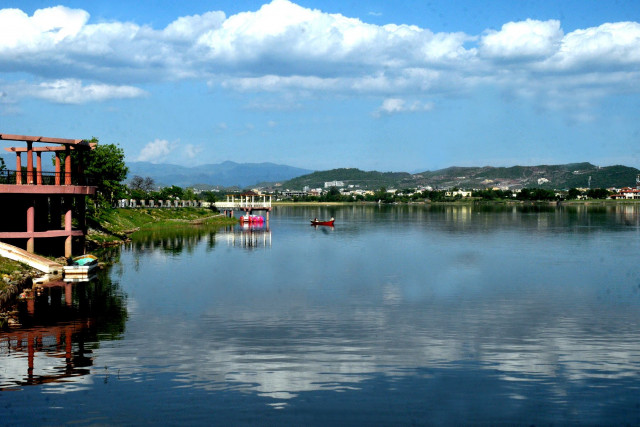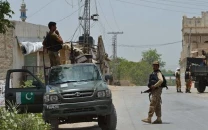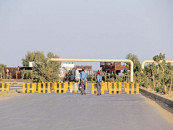'Pollution in Rawal Lake needs to be managed'
AGP says human, natural activity around lake needs environmental clearance

AGP says human, natural activity around lake needs environmental clearance. PHOTO: EXPRESS
“Proper management of this resource is important if full benefits are to be gained and maintained,” suggested an audit reported prepared by the Auditor General of Pakistan for 2015-16 and submitted to the parliament recently.
The Rawal Lake is the main source of water supply for Rawalpindi city and cantonments and for parts of Islamabad. The lake has a catchment area of 106 square miles, which generates 84,000 acre-feet of water in an average rainfall year. There are four major streams and 43 small streams which contribute to its storage.
It has a total storage capacity of 47,500 acre-feet (12,994 million gallons). Live storage is 343,000 acres feet or 11,763 MG. Highest flood level is 1,752 feet.
The report said that over the past few decades, the lake has been polluted by a number of sources including nearby human settlements, poultry waste, recreational activities, agricultural activities, deforestation along with land erosion and sedimentation.

The report notes that settlements in Bhara Kahu, Malpur, Bani Gala and Noorpur Shahan are located close to the Rawal Lake. Moreover, indiscriminate activities are also underway including a number of housing colonies and residential areas which are springing up around the catchment area without any consideration of the adverse impacts it would have on the quality of water coming into the lake.
“With all these activities, there is no consideration of securing environmental clearance from the concerned agency,” the report noted, noting that approximately 170 poultry farms with around 360 poultry sheds within the catchment area add to the waste dumped into the lake.
Some basic arrangements for disposal of poultry waste have been made but these are unlikely to significantly delay or prevent the inflow of pollutants into the lake, it noted.
Further, the report said that recreational activities in the lake are another source of pollution.
“The tourist part at Chattar lies adjacent to the River Korang and receives a large number of visitors,” it said.
Moreover, it pointed out that a substantial proportion of human and other waste ends up in the river. Further, cars being washed along the shores of the lake and other recreational activity were also identified as a pollution risk.
The report says that small patches of land around the lake are tilled as terrace cultivation. The excess irrigation water is drained into the lake. This water often contains pesticides and herbicides which are used in agriculture and in turn become a source of toxic pollution.
Although this activity is not practised at large scale in the catchment area, as more and more people use chemical fertilisers and pesticides to increase yield, the concentration of these chemicals draining into the lake increases - posing a major problem for the quality of water in the lake.
The AGP’s report stated that the situation in the catchment area is exacerbated by deforestation around the lake owing to grazing of livestock and felling of trees by villagers for use as firewood.
“The villagers do not have any energy sources except for wood available in the catchment area. Plantations have also been removed for the construction of roads, housing schemes and commercial buildings within the catchment area. Deforestation encourages the erosion of the soil and increases siltation and turbidity level,” the report noted.
Published in The Express Tribune, September 26th, 2017.



















COMMENTS
Comments are moderated and generally will be posted if they are on-topic and not abusive.
For more information, please see our Comments FAQ